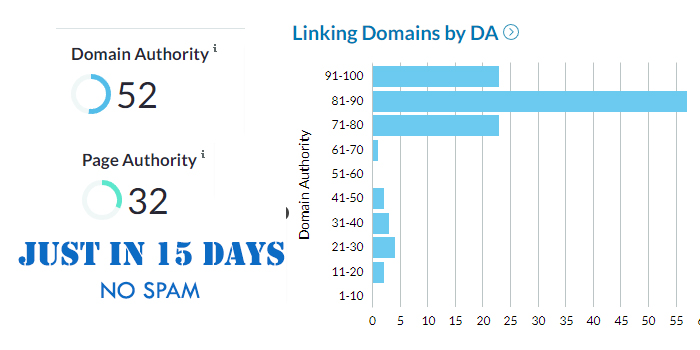
The best way to use 301 redirects is to:
Link-Related Pages: Make sure you send pages to material that is related and similar. This helps them keep their rank and importance.
Keep Page Content:
Other than the URL, leave the page’s content alone. In this way, you can keep the content that search engines and users liked.
When making lasting moves, choose 301 redirects because they are better for SEO. They are the best way to do SEO and can help your site keep or even improve its ranking.
Take Care of Different URL Versions: Set up 301 redirects for HTTP and HTTPS URL versions. This keeps people from getting confused and also helps your domain reputation.
Set up a 301 redirect before moving to a new name. This will help you avoid problems. This makes sure the change goes smoothly and lowers the chance of losing important traffic.
Duration of Redirect: Google says that 301 redirection should be kept in place for at least a year. This long-lasting redirect time is good for your site’s authority.
Routine Cleanup: Look over and clean up current 301 redirects every so often. If you use too many links for too long, it can hurt your SEO.
Stay away from Redirect Chains: Making chains of redirects can slow down Google’s search, so don’t do it. Your site’s score could be affected by a crawl that is slower.
Things to avoid:
Get rid of 302 redirects. For lasting moves, use 301 redirects, and for short-term changes, use 302 redirects. This helps keep your content’s flow and level of confidence.
Setting up a redirect ahead of time: Always set up redirects before you make new pages. This makes sure that users have a smooth experience and keeps traffic from leaving without being needed.
name Handling That Is Always the Same: Use 301 redirects to connect different versions of the same name. This makes your domain reputation higher and helps search engines better understand how your site is structured.
Avoid Redirects to Outdated material: Don’t send people to old or out-of-date material. This not only makes things annoying for users, but it also hurts the trustworthiness of your site.
Make Sure the Right Pages Are Redirected: To keep the user experience good, make sure the users are sent to the right pages. This level of accuracy helps with ranking and builds confidence.
No Redirects to Unrelated Content: Only send people to content that is related and useful. Sending people to content that isn’t connected can hurt your SEO.
How 301 redirects raise a domain’s authority:
Preservation of SEO Equity: When you use a 301 to move a page, you’re telling search engines that the new page continues from the old one. The old page had built up SEO value over time, and this helps keep that value.
Authority Consolidation: When you use 301 redirects to link related pages, you’re increasing the authority of your website. This is because search engines can tell that the old and new content is related and builds on the previous content.
Avoiding Loss of Traffic: Using 301 redirects before changing to a new domain or making changes to your site helps you keep the traffic you already have. This smooth transition keeps the flow of guests steady and stops sudden drops in visibility.
Better User Experience: Sending users to the right and related material makes sure they have a good time. This good contact indirectly boosts domain authority, since search engines care a lot about how happy their users are.
Broken Link Prevention: You can stop broken links from happening by redirecting old URLs to new, relevant material. Because broken links are bad for users and your site’s influence, 301 redirects keep that from happening.
Essentially, using 301 redirects correctly not only keeps your website’s influence, but it can also help it grow over time. It is important to make sure that your redirects meet both user wants and search engine expectations. This will create an online space that is smooth and reliable.